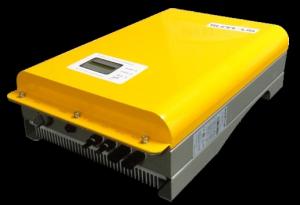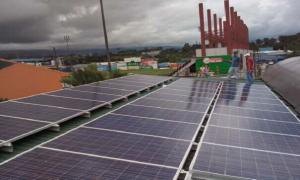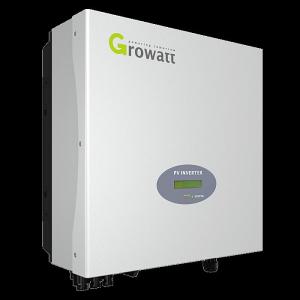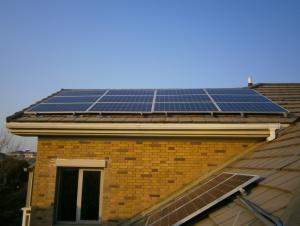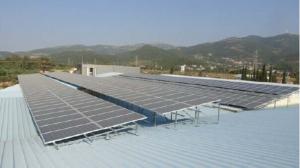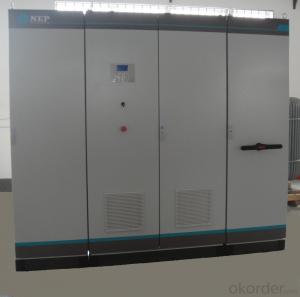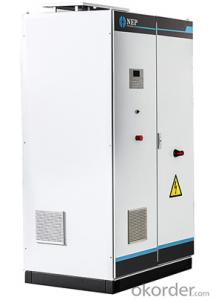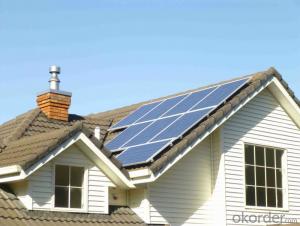Best Grid Tie Solar Inverter
Best Grid Tie Solar Inverter Related Searches
Best Solar Grid Tie Inverter Grid Tie Solar Inverter Solar Grid Tie Inverter Grid Tie Inverter Solar Grid Tie Hybrid Solar Inverter Hybrid Grid Tie Solar Inverter Solar System Grid Tie Inverter Sun Grid Tie Inverter Solar Hybrid Grid Tie Inverter Best Solar Inverter On Grid Solar Inverter Grid Tie Grid-Tie Solar Inverter Solar Grid Tie Inverter Kit Grid Tie Inverter Solar Kit Grid Tie Solar Inverter Price Grid Tie Inverter Solar Panel Best Solar On Grid Inverter Solar Grid Tie Inverter Price Best On Grid Solar Inverter Best Off Grid Solar Inverter Solar Grid Tie Micro Inverter 1kw Solar Grid Tie Inverter 10kw Solar Grid Tie Inverter 5kw Solar Grid Tie Inverter 1000w Solar Grid Tie Inverter 3kw Solar Grid Tie Inverter Best Solar Inverter Off Grid Nep Solar Grid Tie Inverter Best Solar Inverter Grid-Tied Solar InverterBest Grid Tie Solar Inverter Supplier & Manufacturer from China
Best Grid Tie Solar Inverters are a range of high-quality products designed to optimize the conversion of solar energy into usable electricity for homes and businesses. These inverters play a crucial role in the solar energy system by converting the direct current (DC) generated by solar panels into alternating current (AC), which can be fed back into the grid or used directly by the electrical appliances. They are engineered to ensure maximum efficiency and reliability, making them an essential component in any solar power setup.The application and usage scenarios for Best Grid Tie Solar Inverters are vast, as they cater to both residential and commercial solar power systems. They are ideal for homeowners looking to reduce their electricity bills and contribute to a greener environment, as well as businesses aiming to lower their operational costs and enhance their sustainability efforts. These inverters can be used in off-grid, on-grid, and hybrid solar systems, providing flexibility and adaptability to various energy needs and requirements.
Okorder.com is a leading wholesale supplier of Best Grid Tie Solar Inverters, boasting a large inventory that caters to the diverse needs of customers worldwide. With a commitment to quality and customer satisfaction, Okorder.com ensures that each inverter is thoroughly tested and meets the highest industry standards. By offering competitive prices and reliable service, Okorder.com has established itself as a trusted source for Best Grid Tie Solar Inverters, helping customers harness the power of the sun and achieve their energy goals.
Hot Products














